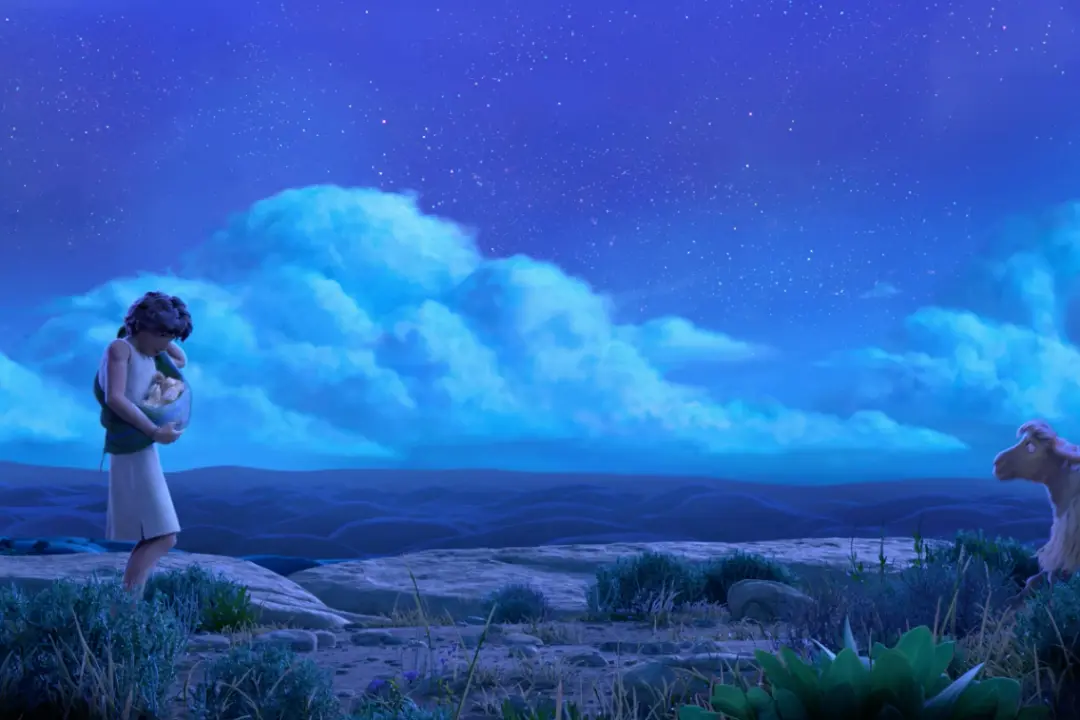PG-13 | 1h 52min | Historical Drama | 2021
In 1922, archaeologist Howard Carter, who discovered the tomb of the Egyptian pharaoh Tutankhamun, stood at its door. After a prolonged excavation, or “dig,” in Egypt’s Valley of the Kings, Carter was the first human in some 3,000 years to set foot there. In typical British understatement, he captured the momentous occasion by saying that time seemed to have “lost its meaning.”




